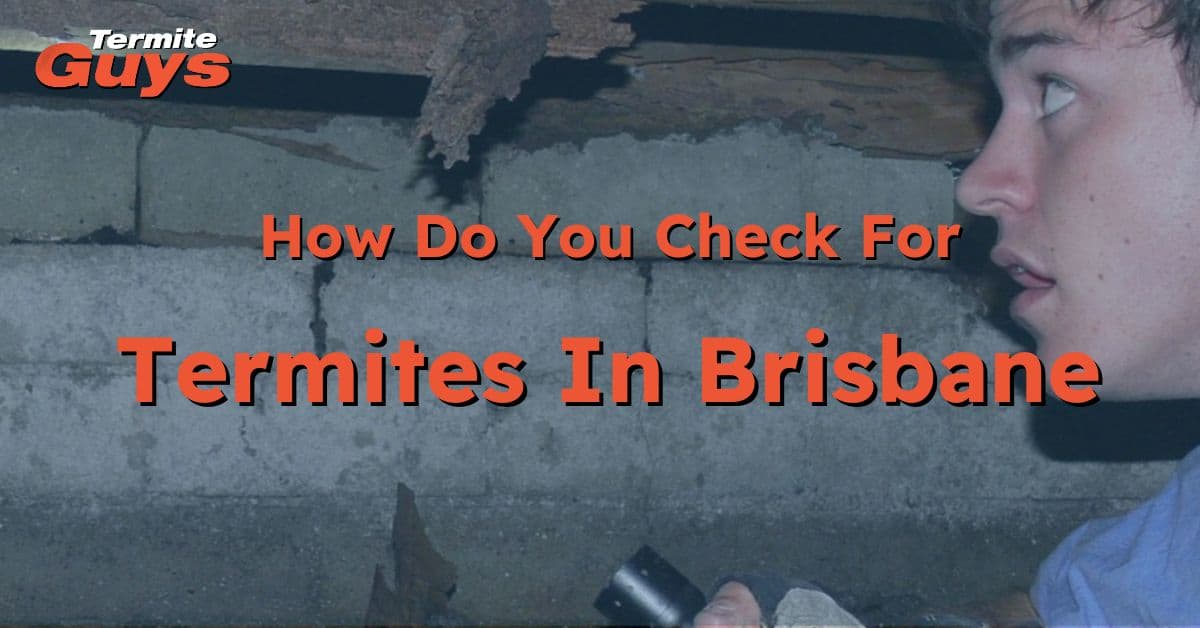Signs of Flying Termites in Homes: What to Watch For and Why It Matters
Flying termites, also known as alates, are more than just a seasonal nuisance. These winged termites are an early warning sign that a mature termite colony is nearby and actively looking to expand. Homeowners who recognize the signs of flying termites early can take preventative measures to save their property from severe damage. This guide will help you identify key indicators of flying termite activity and understand why early intervention is critical.
Why Recognizing Signs of Flying Termites Is Crucial
Termites are one of the most destructive pests homeowners face. Unlike other insects, termites feed on wood, potentially compromising the structural integrity of your home. The presence of flying termites is often a sign that a mature colony is nearby, and new colonies could be forming. Catching these signs early can prevent extensive and costly damage.
Common Signs of Flying Termite Activity
Swarming Behavior
- Flying termites are most active during warm, humid periods, often after heavy rain. The swarms usually occur in the evening, and termites are highly attracted to light sources, making windows, porch lights, and interior lighting areas where swarms are often observed.
- If you see a swarm of flying insects around your windows, door frames, or light fixtures, it’s likely a sign that termites are nearby. This is not a random occurrence but a critical step in their reproductive cycle.
Discarded Wings
- One of the most telltale signs of flying termites is finding piles of small, translucent wings. These wings are often left behind near windowsills, doorways, or other entry points. Once termites have mated and found a suitable location for a new colony, they shed their wings.
- Termite wings are uniform in size and shape, which distinguishes them from those of other insects. If you notice these wings scattered around your home, it’s time to act, as termites are likely setting up a new nest nearby.
Sightings of Live Flying Termites
- Seeing live flying termites indoors or near your property is a clear indication that termite colonies are active in the area. These winged termites have straight antennae, equal-length wings, and a thick, straight waist, which sets them apart from flying ants, which have bent antennae, unequal wing lengths, and a pinched waist.
- Any sightings of live flying termites, even in small numbers, should be taken seriously and addressed promptly to avoid a potential infestation.
What to Look For In and Around Your Home
Vulnerable Areas for Termite Activity
- Windowsills and Light Fixtures: Termites are attracted to light, making these areas common spots for swarms. Keep an eye out for clusters of insects or wings around these locations.
- Cracks and Entry Points: Check the foundation of your home, the areas around plumbing, and wooden structures that come into contact with the ground. These are typical entry points for termites.
- Attic and Basement: These often-overlooked spaces can be hotspots for termite activity, especially if they are dark and damp.
Inspecting Wooden Structures for Damage
- Hollow-Sounding Wood: If you tap on wooden beams, floorboards, or walls and they sound hollow, it may indicate termite tunneling. Termites consume wood from the inside out, making damage difficult to detect until it’s severe.
- Mud Tubes: Check your home’s exterior and foundation for narrow, clay-like tubes. These are tunnels built by termites to travel safely from the soil to their food source, protecting them from exposure to air and predators.
Other Warning Signs
- Peeling Paint or Buckling Floors: Termite damage can sometimes mimic water damage. If you notice peeling paint, warped walls, or buckling floors, termites may have compromised the structure.
- Moisture-Rich Areas: Termites are attracted to moisture, so areas around leaky pipes, damp basements, or poorly ventilated crawl spaces should be inspected regularly. Addressing water damage can help make your home less appealing to termites.
The Potential Damage from Flying Termites
While flying termites themselves don’t cause structural damage, their presence signals a growing threat. Once alates establish new colonies, termites can quickly start feeding on the wood in your home. Structural damage can include weakened support beams, damaged walls, and compromised flooring. The longer termites go undetected, the more expensive the repairs can become.
Conclusion
Flying termites are not just a seasonal annoyance; they’re a critical sign of a potential infestation. Recognizing the signs early can save your home from significant damage. Regular inspections and awareness of your home’s vulnerabilities can help in preventing a full-blown termite problem. If you observe any signs of flying termites or suspect an infestation, contacting a professional pest control service is essential.
Companies like Termite Guys Brisbane specialize in termite detection and treatment, using advanced tools like thermal imaging and moisture meters to ensure thorough protection. Don’t wait until it’s too late—protect your home by staying vigilant and acting quickly at the first sign of termites.


